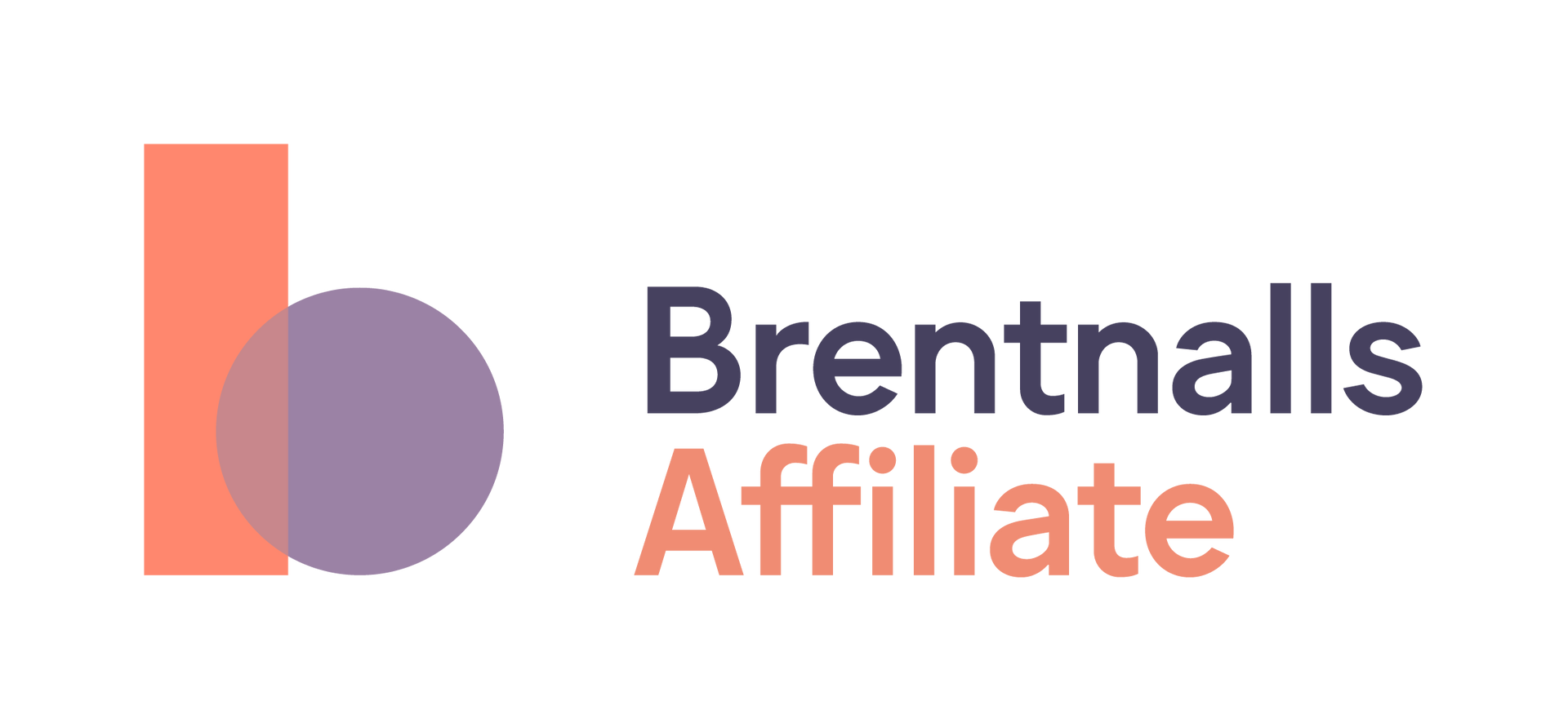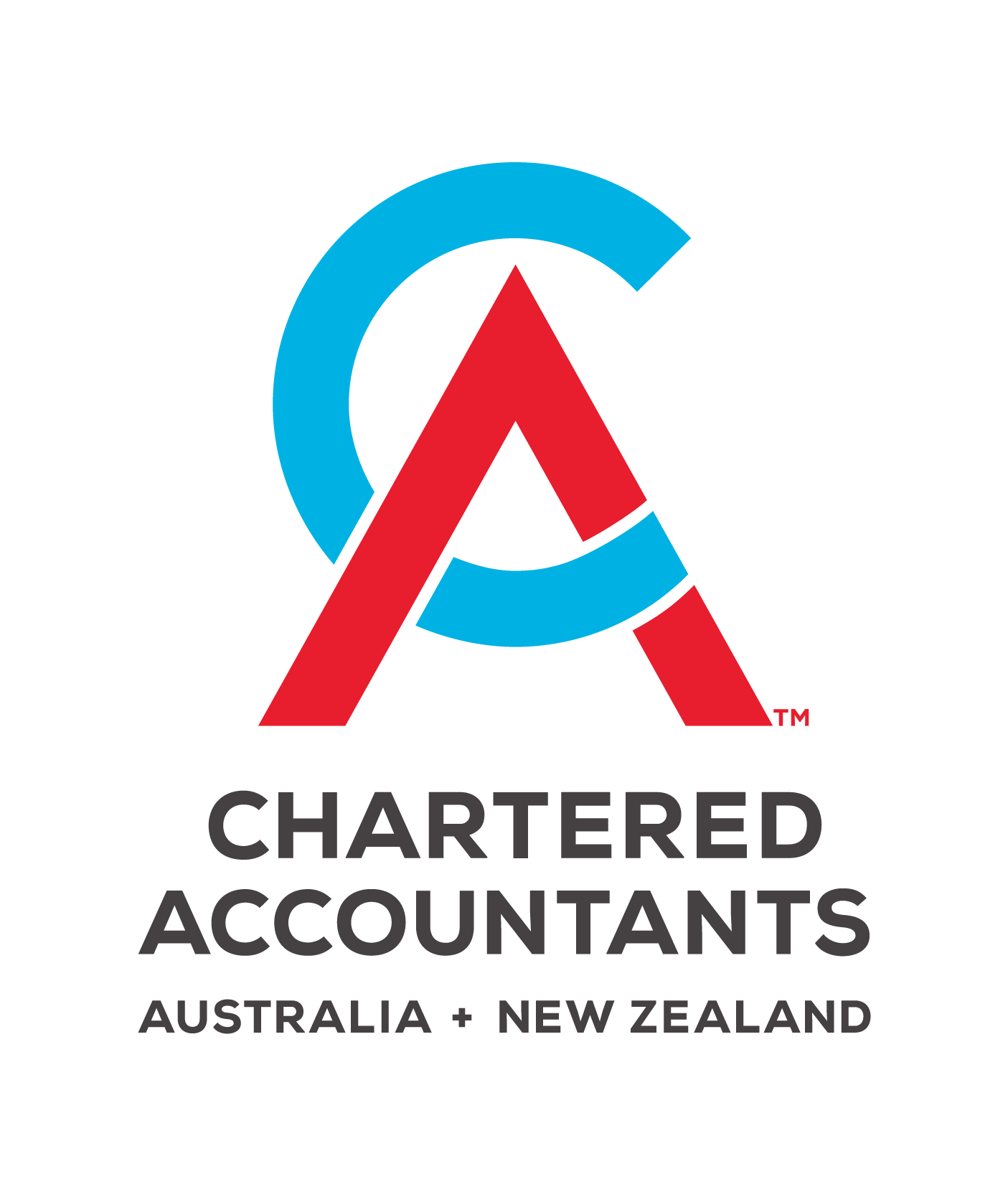News Articles

Managing risk is a critical facet of the roles of CEOs and board members. Unfortunately, many businesses are relatively relaxed about risk management. Yet, the COVID-19 pandemic demonstrates the significant commercial advantages of managing risk.
Illuminating a path forward on strategic risk management planning
Whether it's a devastating flood, ongoing disruption, innovation and technology, or a pandemic, businesses regularly encounter risk. Increasing disruption leads to more significant risks—which, when left unchecked, become a greater risk because they're intertwined and interconnected. And because these risks don't occur in isolation, addressing them in silos can be an exercise in frustration and futility. Specific risks can pose the most significant threats, why? as these risks can undermine the organisation's ability to execute strategy and achieve performance goals.
Therefore, having risk management practices in place is critical to commercial success while also assisting owners in making better business decisions. Consequently, we have compiled five key focus areas to consider when planning, as follows:
1. Different risks to consider
In business, there are various levels of risk. Some risks will have minimal impact and can be easily managed, while others can be catastrophic. At the same time, when considering risk, you can also look for opportunities that can have a positive effect on your business.
Commonplace business risks include damages to/destruction of premises, loss of a significant contract, failure of an IT system, injury to an employee or client, withdrawal of financial facilities and COVID-19, to name a few. Through narrowing down potential threats you will have a starting point to work from.
2. Identifying risks
Recognising risks through a risk management plan is a sensible first step1 . Moreover, a risk management plan can assist your business prepare and protect its assets by identifying emerging dangers.
Some standard methods used in identifying risk include a SWOT (Strengths, Weaknesses, Opportunities and Threats)
analysis2, brainstorming sessions, compliance audits, health and safety audits and customer satisfaction surveys. But even before you jump into a team SWOT, an excellent place to start the risk planning is to ask yourself what could stop or hinder the business from achieving its strategic success.
A matrix allows implications to be plotted against the likelihood of the risk occurring.
3. Risk analysis
Once you have identified a risk, it’s time to analyse it and consider the potential consequences if it occurs. You may use different methods, but one of them may be to utilise a matrix. A matrix allows implications to be plotted against the likelihood of the risk occurring. You may rate risks as extreme, high, moderate or low against the possibility of being rare, unlikely, moderate, likely or almost certain.
To assist this process, some businesses are using the Ansoff Matrix3, a communication tool that helps identify possible growth strategies and can be used to identify risk potential. You can read our article to gain further understanding of the
Ansoff Matrix.

4. Setting some priorities
When determining how to prioritise risks, businesses can utilise the principle of ALARP (As Low As Reasonably Practicable)4 to enable them to reduce their risk exposure to a reasonable level.
As part of the ALARP process, you want to demonstrate that decreasing the risk further would be grossly disproportionate to the benefit gained.
5. Addressing the risk
Dealing with risk involves decreasing the exposure to a threat or the likelihood of it occurring.
Addressing risks could include physical measures such as security systems or physical safeguards. Alternatively, the mitigation steps might consist of internal controls to reduce the risk of fraud, such as financial authorisations, reconciliations, and cybersecurity. It's also essential to consider projections such as insurance, derivatives or even cultural attitudes within the business. In short, what is the tolerance for breaching policies and procedures? After this consideration, the remaining risk level is considered acceptable or justifiable.
Risk will still occur. However, if a business undertakes planning, it can call on predetermined strategies to diminish the effects of costs of a potential risk happening or re-occurring. Therefore, companies adopting a more formal process to facilitate better risk processes invest in a Risk Management Framework that oversees the management of risk as an integral part of decision-making practices. Furthermore, it's important to note that it isn't only at the board level but throughout the whole organisation.
Furthermore, continual assessing needs to be part of a regular review and not something your organisation does annually. Better still, businesses that invest the time insensible risk management practices will benefit. These rewards can include:
- protection of business assets
- increased competitive advantage
- improved employee satisfaction
- reduced compliance costs
- improved efficiency and productivity
Further information can also be found in our
Risk Management Information Sheets.
_________________________
- https://business.gov.au/risk-management/risk-assessment-and-planning/how-to-manage-risk
- https://www.mindtools.com/page/article/newTMC_05.htm
- https://brentnalls-sa.com.au/resources/fact-sheets/business-advice/ansoff-matrix
- https://www.sciencedirect.com/topics/engineering/as-low-as-reasonable-practicable-process-safety
Discuss Further?
If you would like to discuss, please get in touch.
Disclaimer
The information provided in this article does not constitute advice. The information is of a general nature only and does not take into account your individual financial situation. It should not be used, relied upon, or treated as a substitute for specific professional advice. We recommend that you contact Brentnalls SA before making any decision to discuss your particular requirements or circumstances.







